Sugarberry Tree (Celtis Laevigata) – 3 Gallon Pot
$79.97 Original price was: $79.97.$55.98Current price is: $55.98.
SKU: D2LSC 6581595542 Category: NATIVE PLANTS
- Elevate Your Shopping Experience
- Get Quality, Get More
- 7-Day Returns, 100% Quality
- Protect Your Wallet with Safe Payments

Sugarberry Tree
Celtis laevigata
Other Names: Sugar Hackberry, Southern Hackberry
Plant Details
USDA Plant Hardiness Zones: 6a-9b Find Your Zone
Plant Type: Deciduous Tree
Height at Maturity: 40-60′ depending on location
Width at Maturity: 40-60′ depending on location
Spacing: 60 feet for space between trees
Growth Habit / Form: Upright Arching Rounded Crown
Growth Rate: Moderate to Fast
Flower Color: Green, not showy
Flower Size:
Flowering Period: Spring
Flower Type: Single
Fragrant Flowers:
Foliage Color: Medium Green, Yellow in fall
Fragrant Foliage: No
Berries: Yes, edible, very sweet!
Berry Color: Dark Purple
Sun Needs: Full to Mostly Sun or Part Shade
Water Needs: Average
Soil Type: Clay, Loam, Sandy(amended), Silty
Soil Moisture / Drainage: Moist But Well-Drained to Wet soil
Soil pH: 5.0 – 8.0 (Acid to Alkaline)
Maintenance / Care: Low
Attracts: Beneficial Pollinators, Birds, Mammals, Visual Attention
Resistances: Deer, Insect, Wet Soil
Description
The Sugarberry tree, known and adored for its sweet fruits, is a very adaptable and easy-to-grow native tree with both high ornamental and wildlife value. The edible, deliciously sweet fruits it produces are edible by humans and wildlife. The fruits persist on the tree late into the winter months providing a source of food for many species of birds, including flickers, cardinals, cedar waxwings, brown thrashers, and robins, at a time when there might not be much else around for them to eat. And, as mentioned, you can eat them too! The fruits taste very sweet, hence the name. The attractive green leaves are alternate, 2 to 4 inches long, and have strongly uneven bases. Another interesting feature is the warty texture of the mature grey bark. Adaptable to average to wet soils, and growing up to 60 feet tall and wide at maturity, makes the Sugarberry an excellent ornamental tree for both landscape and street use.
The ripe fruit of the Sugarberry tree are round with sweet flesh around a hard seed. This seed is rich in protein and fats, but is extremely hard so we don’t suggest trying to crush it with your teeth. The soft flesh around the seed can be eaten as you would a seeded grape.
Landscape & Garden Uses
Growing 40 to 60 feet tall and equally as wide with upright-arching branching and a rounded spreading crown, the Sugarberry tree is ideal for use as a specimen or in grouping in landscape and woodland borders. Also a great selection to line a street, property line or driveway and a fine addition to bird and wildlife gardens, native plant gardens, edible gardens and cottage gardens.
Suggested Spacing: 70 feet apart for space between trees
Growing Preferences
The Sugarberry Tree grows best in most any moist but well-drained to wet soil of average fertility and full to mostly sun. Light shade is tolerated.
Note: Find helpful advice from our experts under the Planting & Care tab above on desktop screens and below on mobile phones.
Plant Long & Prosper!
Meet The Wilson Brothers & Staff
Questions? Contact Us
Be the first to review “Sugarberry Tree (Celtis Laevigata) – 3 Gallon Pot” Cancel reply
Related products
Sale!
Sale!
NATIVE PLANTS
Sale!
NATIVE PLANTS
Sale!
NATIVE PLANTS
Sale!
NATIVE PLANTS
Sale!
NATIVE PLANTS
Sale!
Sale!
NATIVE PLANTS



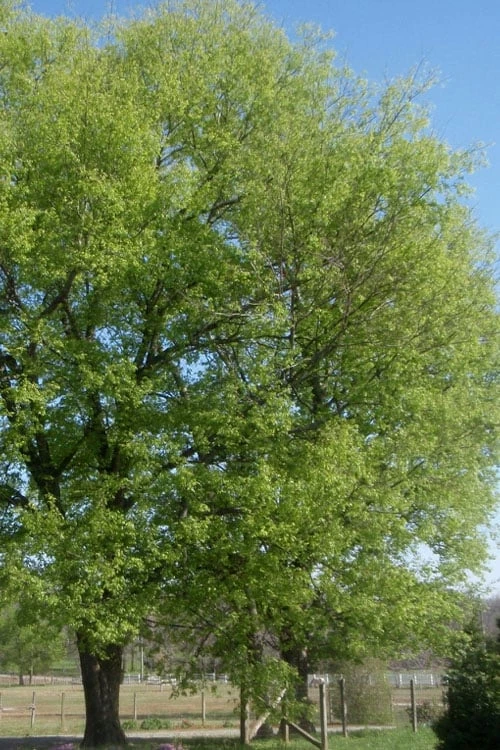




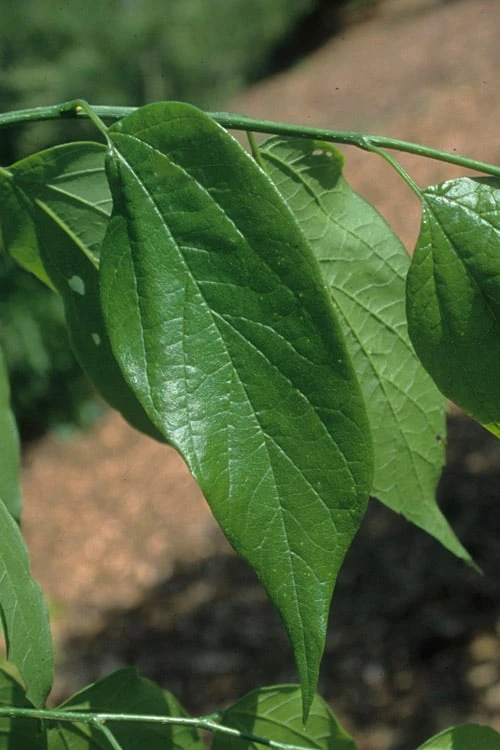
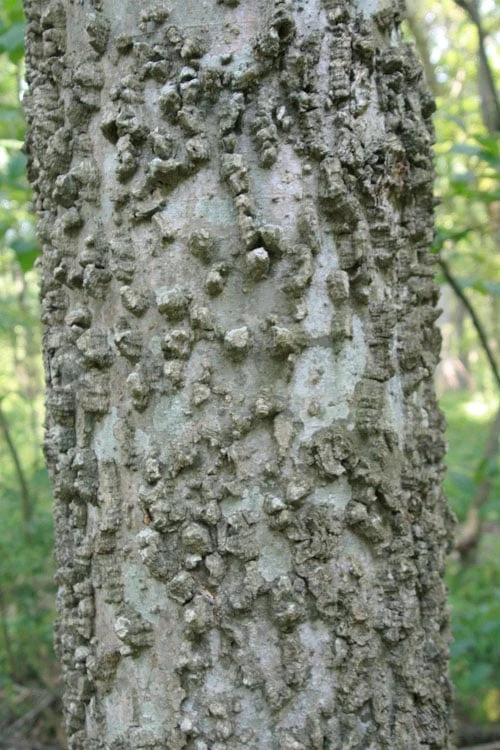
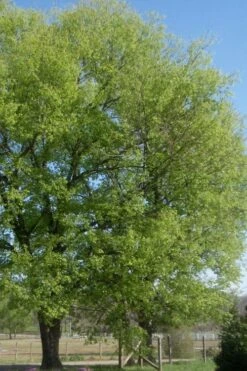
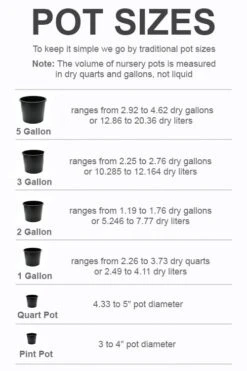
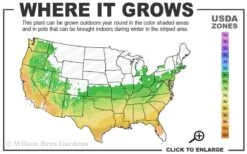
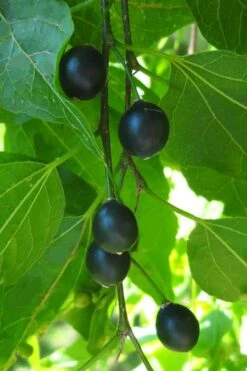


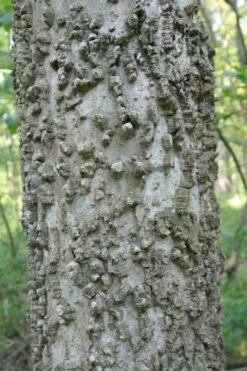
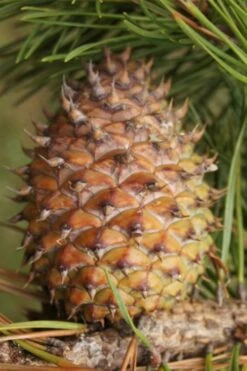

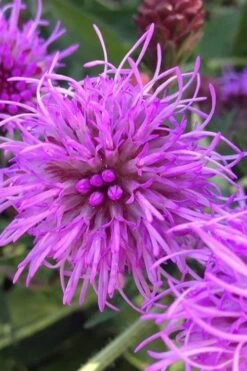

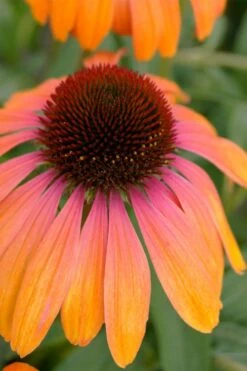
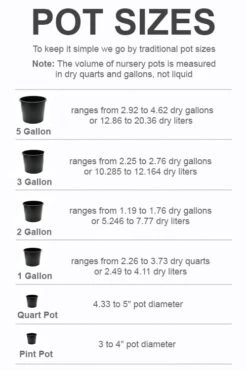
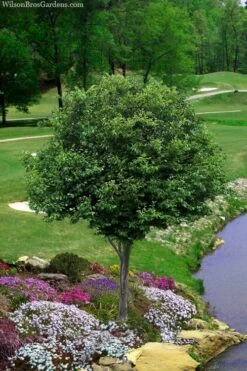
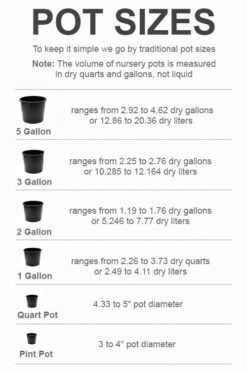



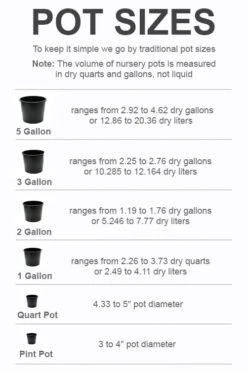

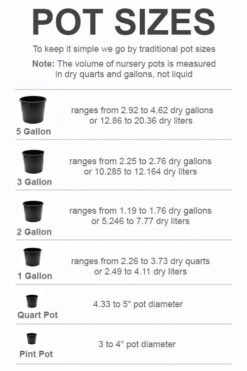

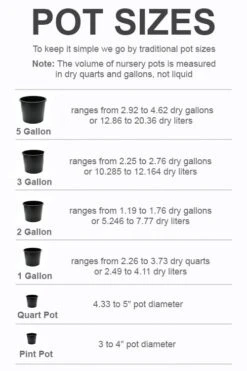
Reviews
There are no reviews yet.